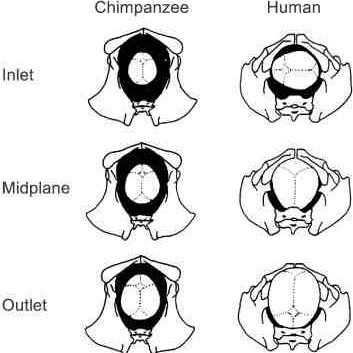One of the most painful things to witness in the tech industry is the constant misinterpretation, or even distortion, of Agile or Lean concepts, and Minimum Viable Product (MVP) is a blatant example.
Eric Ries described it as “[the] version of a new product which allows a team to collect the maximum amount of validated learning about customers with the least effort”. Notice that the description starts with its purpose – however this is commonly disregarded by product makers who just focus on the effort aspect. The concept, which reflects a more than reasonable concern with waste, is used to justify poor design decisions, insufficient resource allocation and an overall lack of vision and strategy.
Context is key: from Ries’ description, it seems that this is a strategy to validate market fit, and I would argue that it is particularly useful when there is a high degree of innovation involved. Nevertheless I’ve seen it being used countless times to describe long standing backlog items – often in supposedly mature products – that aim to solve validated customer needs.
“Let’s just make an MVP” normally means “we have loads of stuff to do and we can’t prioritize properly or negotiate commitments, so let’s just make a poor man’s version of this solution”. User experience is the first victim – it just needs to work, it doesn’t matter if you need 10 consultants just to plug it in, or if customers are constantly raising support tickets because they don’t know how to operate it. Reliability is second – not to mention security.
Where is the viability in this?
Imagine if the folks in the Toyota factory back in the 40s did the same – to save time, they would start shipping cars that were unreliable, unsafe, and that no one knew how to drive. Would this be considered a major success in efficiency? Or would it hurt their credibility to death?

